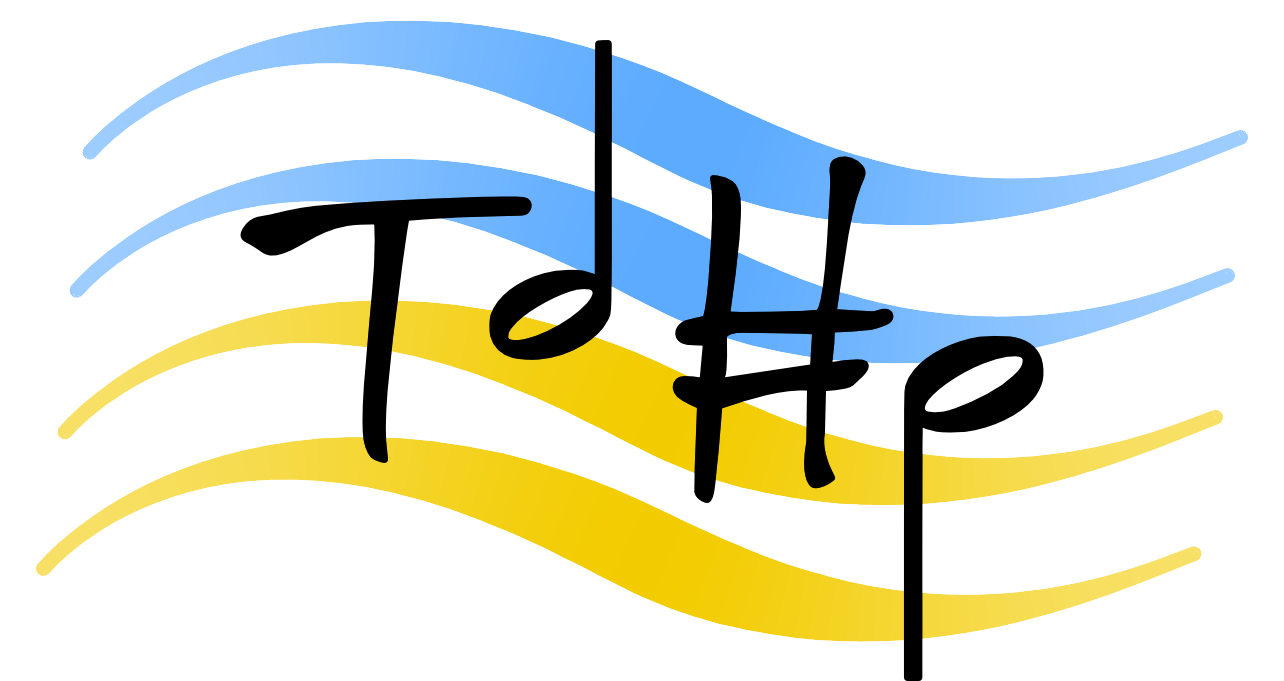UKRAINE
A misunderstanding haunts the musical destiny of Thomas de Hartmann : his meeting in December 1916 with Georges Gurdjieff in Saint Petersburg made him his disciple to the point that today we no longer know him.as a collaborator of the latter. However, by 1929 , their one-sided friendship had fizzled out, but not his interest in his mentor’s work and methods.
Hartmann left Russia , Ukraine where he returned to compose in the serenity of his estate in Khoruzhivka when he was freed from his military obligations, Germany where he had known great successes, settling in Courbevoie . The death of Gurdjieff forced him to go to the USA to manage the fund left in inexpert hands, Frank Lloyd Wright welcoming him into his home at Taliesin .
Even after crossing the Atlantic, the other source of inspiration for his work will remain Ukrainian folk music. It fills the admirable melodies of the Violin Concerto where the inspired bow of Joshua Bell lingers , recording it in Warsaw with the Lviv Orchestra , doing justice to the twilight lyricism of this score, the last that Thomas de Hartmann composed in France .
The Cello Concerto , of a more classical style without ever falling into the conventional, is one of his major works from the interwar period: Casals played it, Tortelier , at the beginning of his career, would take it up again at the composer’s request for French Radio , Matt Haimowitz grasped its character as a vast lyrical ballad.
Here again, the melodic invention of the solo part, the mastery of orchestral writing – we immediately recognize Hartmann’s sound signature – all indicate a composer of the first order whose two major scores are revealed here by inspired performers. Will Pentatonecontinue the exhumation of orchestral works, starting with his great ballet (over three hours) La Fleurette rouge that Nijinsky and Karsavina created at the Mariinsky one evening in December 1907 ?
